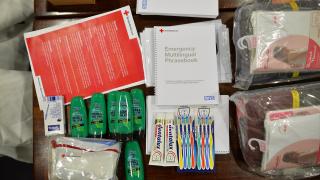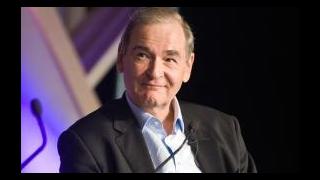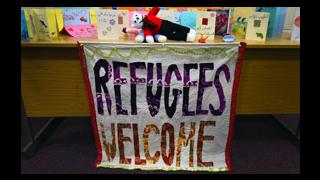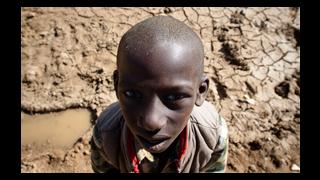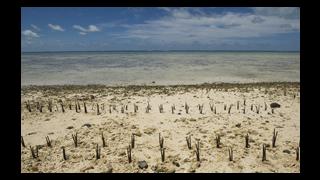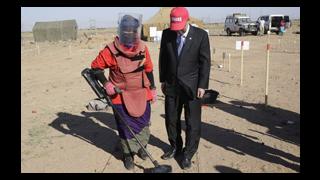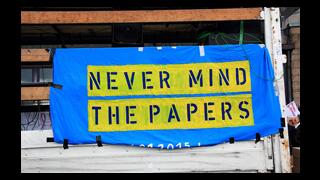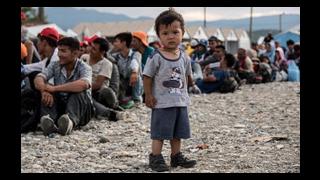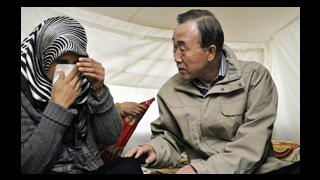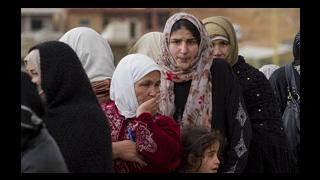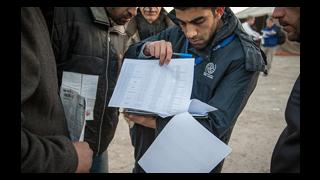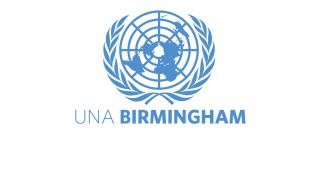
1: “Most people claiming asylum aren’t refugees. They’re economic migrants”
According to the UN Refugee Agency (UNHCR), Syrians remain the main group of asylum seekers worldwide. Along with Afghans and Iraqis, they made up 90 per cent of those arriving in Greece in 2015 and the year to date, and in most countries, around 90 per cent of Syrian applicants are granted refugee status. When people fleeing violence in states such as Eritrea and Ukraine are taken into account, the majority of asylum claims are likely to be legitimate.
2: “‘Refugee’, ‘asylum seeker’ and ‘migrant’… it’s all basically the same thing”
Frequently conflated in the press, these terms are not interchangeable. ‘Migrant’ can be used as an umbrella term for people on the move. A migrant is an ‘asylum seeker’ only if they have fled their homeland and submitted an asylum application in another country. They gain ‘refugee’ status once the host country is satisfied that the individual would be in danger if returned home.
3: “Most refugees come to the West”
Over 86 per cent of refugees live in developing countries. Turkey – the only OECD country to feature in the top 10 refugee hosts – has taken in the most refugees, including 2.7 million Syrians, according to UNHCR figures from March 2016. By the end of 2015, 1,000 Syrians had arrived in the UK under its resettlement scheme, which is intended to take in 20,000 by 2020.
4: “Harsh policies will deter migrants from making the journey”
The refugee and migrant crisis is driven by human desperation – not the readiness of Europe to provide shelter. When Italy’s search-and-rescue operation, Mare Nostrum, was replaced by a low-budget alternative in October 2014, migrants continued to cross the Mediterranean and, with 3,771 deaths, 2015 was the deadliest year for people making this dangerous journey. ‘Deterrent policies’ are based on the flawed assumptions that most migrants understand the policies of their country of destination and that they are acting out of calculation, rather than desperation.
5: “Most forcibly displaced people are seeking refuge abroad”
While it’s the perilous boat journeys that make the headlines, the majority of displaced Syrians haven’t actually left the country. The UN Office for the Coordination of Humanitarian Affairs reports that there were at least 6.6 million internally displaced people in Syria at the end of 2015 – two million more than have fled the country to seek refuge abroad.
6: “Syrian and Iraqi refugees are likely to be ISIL sympathisers”
Syrians and Iraqis who flee their country are victims, not supporters, of the so-called Islamic State, whose leaders have repeatedly condemned those leaving areas under their control. According to Shelley Pitterman of UNHCR, leaving the country is a sign that individuals have “rejected the ideology of extremism and share the values of freedom and tolerance”.
7: “It’s easy to gain asylum in the UK”
The UK plays host to less than one per cent of the world’s refugees. It has a highly-controlled asylum system under which around two out of three applications were rejected in 2015. The Refugee Council reports that courts overturned 38 per cent of Home Office decisions on asylum appeals in 2015.
8: “Refugees and migrants are a drain on the economy”
In fact, successive studies conducted by the OECD have found that migration is “neither a significant gain nor drain for the public purse”, and that host countries could benefit significantly by capitalising on immigrants’ skills, for example, by permitting them to work. Asylum seekers generally receive only a small allowance and, in countries such as the UK, are not allowed to work. A strategy that favours deportation over integration ignores the heavy cost of the former: a study by Migrants’ Files last year put the price tag at ¤11bn in Europe since 2000.
9: “Refugees must claim asylum in the first country they reach”
Contrary to widespread belief, there is nothing in international law to this effect. The EU’s Common European Asylum System enables its member states to return an adult asylum seeker to the first EU country they reached. But this has proven ineffective and imbalanced, as countries on the edge of Europe, such as Greece and Italy, have far more arrivals.
10: “Things are getting better”
As conflicts continue to rage across the Middle East and North Africa, the crisis shows no sign of abating. The International Organization for Migration (IOM) estimates that over 76,000 migrants and refugees arrived in Europe by sea in the first six weeks of 2016. It is widely assumed that now that winter has passed, the worst is over. But IOM reports that the summer months are the busiest for those seeking to reach Europe, and when most deaths occur.

